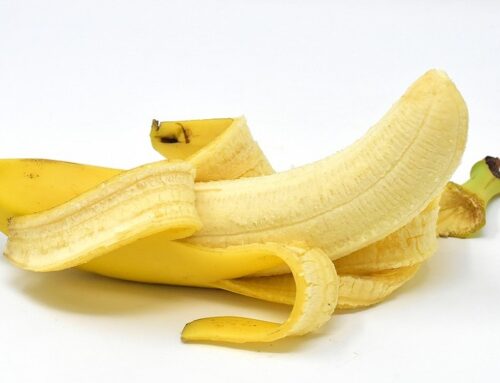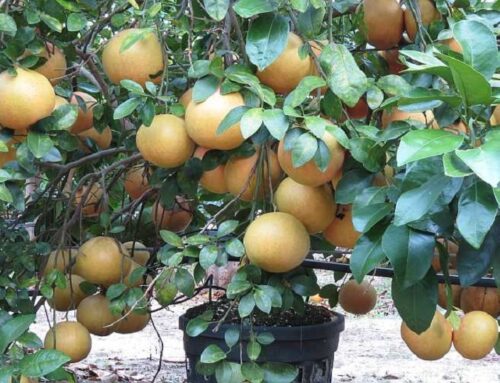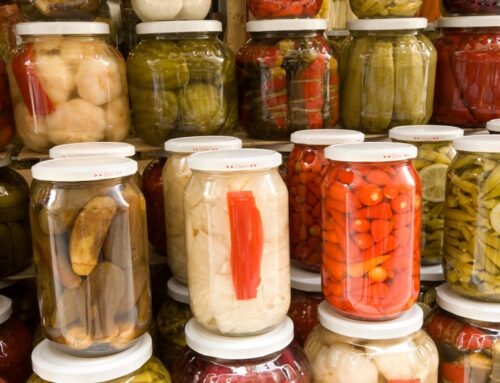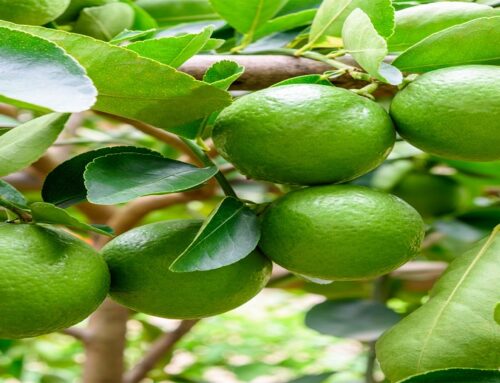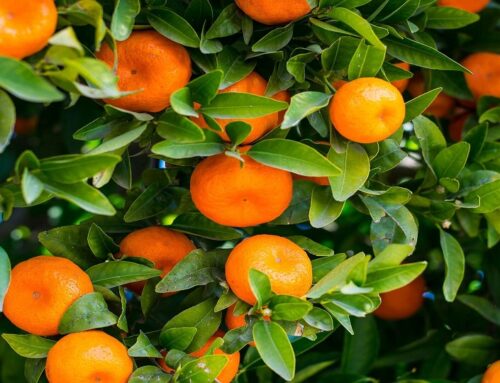Banana plants are quick-growing and easy to cultivate. For growing banana plants, choose a site where humidity is at least 50% and day temperature is warm, i.e. between 25 and 30ºC with night temperature no less than 20ºC. If temperature falls below 14ºC banana plants stop growing. Choose a site where banana plants get minimum 10-12 hours of direct sunlight daily. The site should be having good water drainage.
Climate: A tropical, humid climate is preferred for growing banana plants.
Soil: Well-drained, deep, fertile soils rich in organic matter and with a good water-holding capacity and neutral pH are the most ideal soils for banana plants. Highly acidic soils may kill the plants. Similarly, plants do not grow if TSS (total soluble solids) in soils exceeds 500 ppm. Soils should be loose and porous; compact soils are not suitable for banana plants as it does not facilitate proper root development.
Propagation: Off shoots or suckers and the rhizomes may be used for propagation. Two types of suckers are found in banana plants. Sword suckers are those with sword-like, tapering young leaves and water suckers are those with broad leaves. Sword suckers give superior plants. 3 month old, 1 to 2 meter tall, sword suckers may be used for propagation for getting high-performing plants.
Pieces of rhizomes having at least one viable bud may also be used for propagation. Tissue culture propagation of bananas is also popular now.
Field Preparation and Planting: Field is tilled, and organic matter/humus is added to the top soil at the time of field preparation. Alternatively, green manuring may be done to increase soil fertility. Planting is done in pits and pits should be filled with well-prepared, rich soils suitable for banana growing. Size of pits may be kept at 30x30x30 cm.
Allow sufficient spacing while planting the suckers. Plant to plant distance may be kept at 1.8 x 1.8 m to 3 x 3 m depending upon cultivars. Fertilizer application and watering may be done after planting.
Watering is done depending upon climatic conditions, dryness of soils, plant requirement etc. Mulching around the base of the plants is a good cultural practice as it conserves moisture and suppresses weed growth.
Banana plants reach maturity within a year of planting. A banana plant bears fruit almost 10 months after planting.
Fertilizer Application: As a general rule, a banana plant needs 150-200g N (nitrogen), 40-60g P2O5 (phosphorus) and 200-300g K2O (potassium)/plant/year depending upon soil and cultivar. For spreading fertilizers, a basin/ring may be prepared around the trunk of the plants. Watering may be done after fertiliser application so that fertilisers get mixed with the soil thoroughly.
While applying fertilizers, whole amount of phosphorus (P) fertiliser may be applied at the time of pit-filling. Nitrogen (N) and potassium (K) fertilisers are applied in 5 doses, first dose being at the time of planting. Rest of the doses of N and K fertilisers are applied as follows: 45 DAP (days after planting); 90 DAP; 135 DAP; and 180 DAP.
Disease Management in Bananas: Banana plants are affected by various diseases such as panama disease, black sigatoka disease, banana bunchy top virus, and banana bacterial wilt. A detailed account of these diseases and corresponding disease management practices is given below:
Panama Disease: It is a soil-borne fungal disease caused by Fusarium spp. Spray of 1 % Bordeaux mixture may control the disease up to some extent.
Black Sigatoka: Major symptom appears as leaf spots. This leaf spot disease is caused by a fungus. Spray of 1 % Bordeaux mixture may control the disease up to some extent.
Banana Bunchy Top Virus (BBTV): This is a serious viral disease of banana plants. It is caused by a viral infection that results in bunched short and stunted leaves. This virus is transmitted by the banana aphids. Control measures include controlling banana aphids, eradication of diseased plants and the use of virus-free planting materials.
Banana Bacterial Wilt (BBW): It is a bacterial disease caused by Xanthomonas spp.
Other banana diseases include Root Rot or Toppling Disease and Black Leaf Streak.
Insect-Pest Management in Bananas: Soil nematodes may be a problem in banana growing. Soil sterilization may be done to make soils nematode-free. Banana stem borers and banana aphids are another major problem and can be controlled effectively by spraying pyrethrum extracts or any other organic pesticides. Examples of some other pests include: Corn Weevils and Mealy Bugs.
Banana fruit pests include: Flower Thrips; Red Rust Thrips; and Scarring Weevil
De-Suckering: De-suckering is an important cultural practice in banana-growing. Mature banana plants produce several suckers. It is essential that all suckers except one are removed in order to improve fruit yield and plant health. When the mother plant dies after fruiting, the new sucker grows into a full-grown banana plant.
Harvesting: Banana fruits are ready for harvesting within 8-10 months after planting, depending upon the cultivars. First purple-coloured inflorescence appears and this later develops into a bunch of fruits. When fruits start developing, cover the bunch with plastic or straw coverings, while leaving both the ends open, to protect them from insect-pest damage and direct sunlight. Fruits may be harvested when they start changing colour from green to yellow.
Harvest Maturity: Bananas are harvested when fruits are still green but fully ripe and firm. Since bananas are climacteric fruits, these fruits are ripened during storage. Under poor storage conditions, banana fruits tend to be spoiled quickly.
Quality Parameters: Major quality parameters considered for banana fruits are correct maturity of the fruit, the finger length of the fruit, fruit health (it should be free from bruises, injuries, physical and mechanical damage, and all kinds of defects) and flavor of the fruit. The flavor of the fruit is influenced by sugar content of the fruit and the presence of volatile compounds and acidity of the fruit.
Note: Over ripened fruit will taste sweeter and will be more acidic.
Optimum temperature for storage and transport of banana fruits is about 13-14°C (56-58°F) at 90-95% relative humidity level. Ideal temperature that is required for proper ripening of banana fruits is about 15-20°C (59-68°F) at 90-95% relative humidity level.
Post Harvest Disorders: Major post harvest physical disorders of banana include chilling injury, skin abrasions, and impact bruising. Major post harvest pathological disorders include fungal infections such as crown rot, anthracnose, stem-end rot, and cigar-end rot.
Following proper post harvest handling practices such as careful handling of the produce, proper sanitation of the storage units, and proper cold storage of the product may control these post harvest disorders effectively. In certain cases, hot water treatment and fungicidal treatment are also effective.
We have a book on ‘Organic Banana‘….
Check out our publishing services here…
We publish top quality videos on various ‘Food & Agriculture’ topics. You may subscribe our video channel here…

